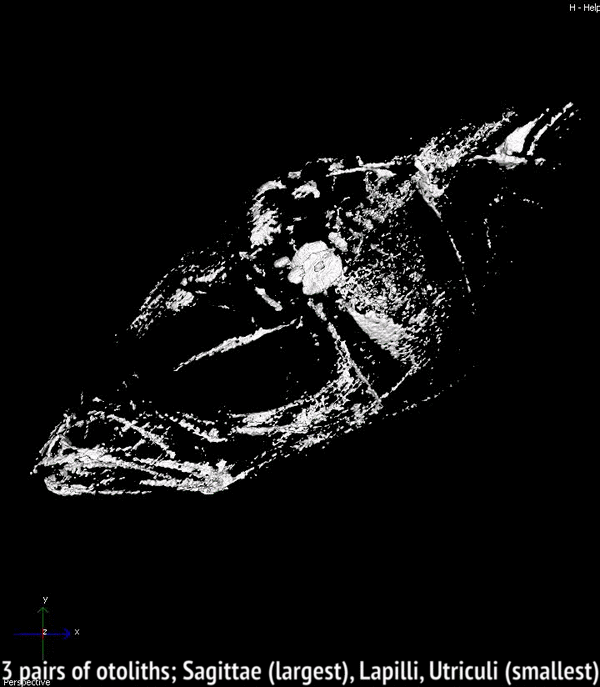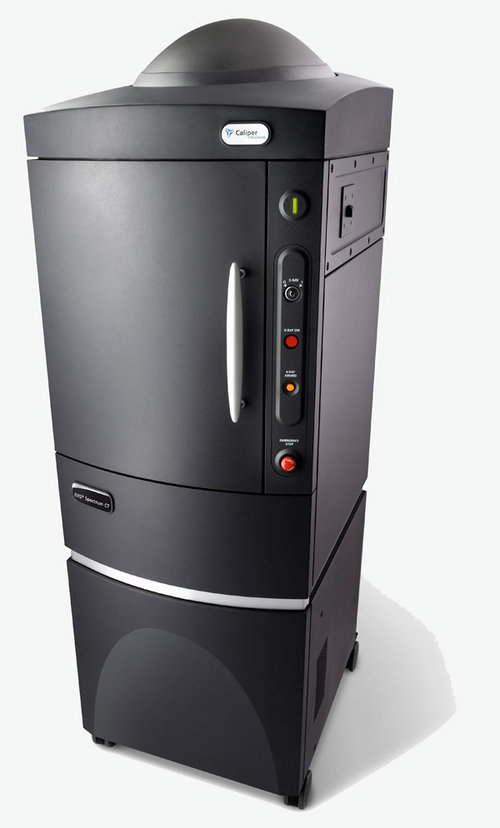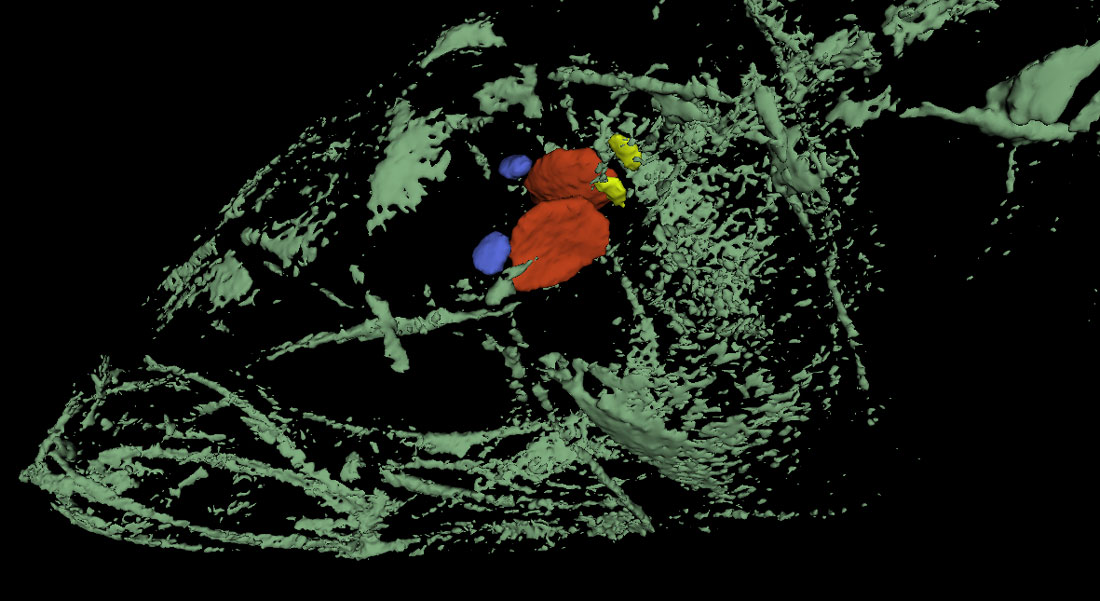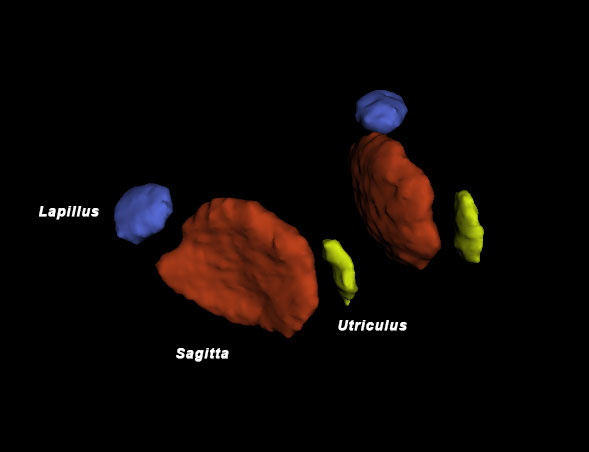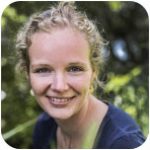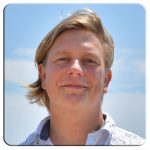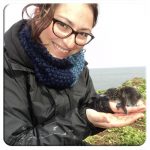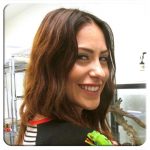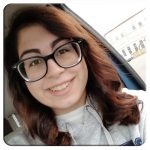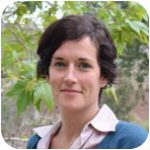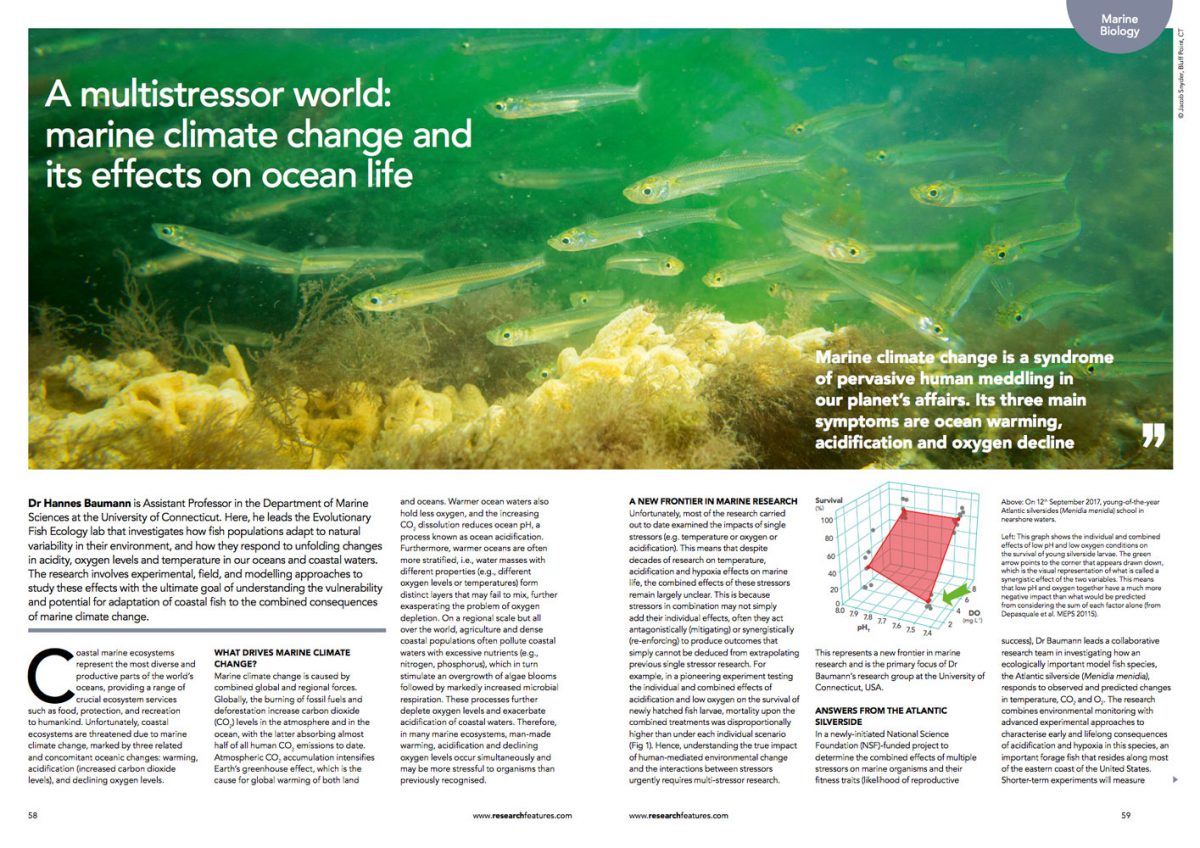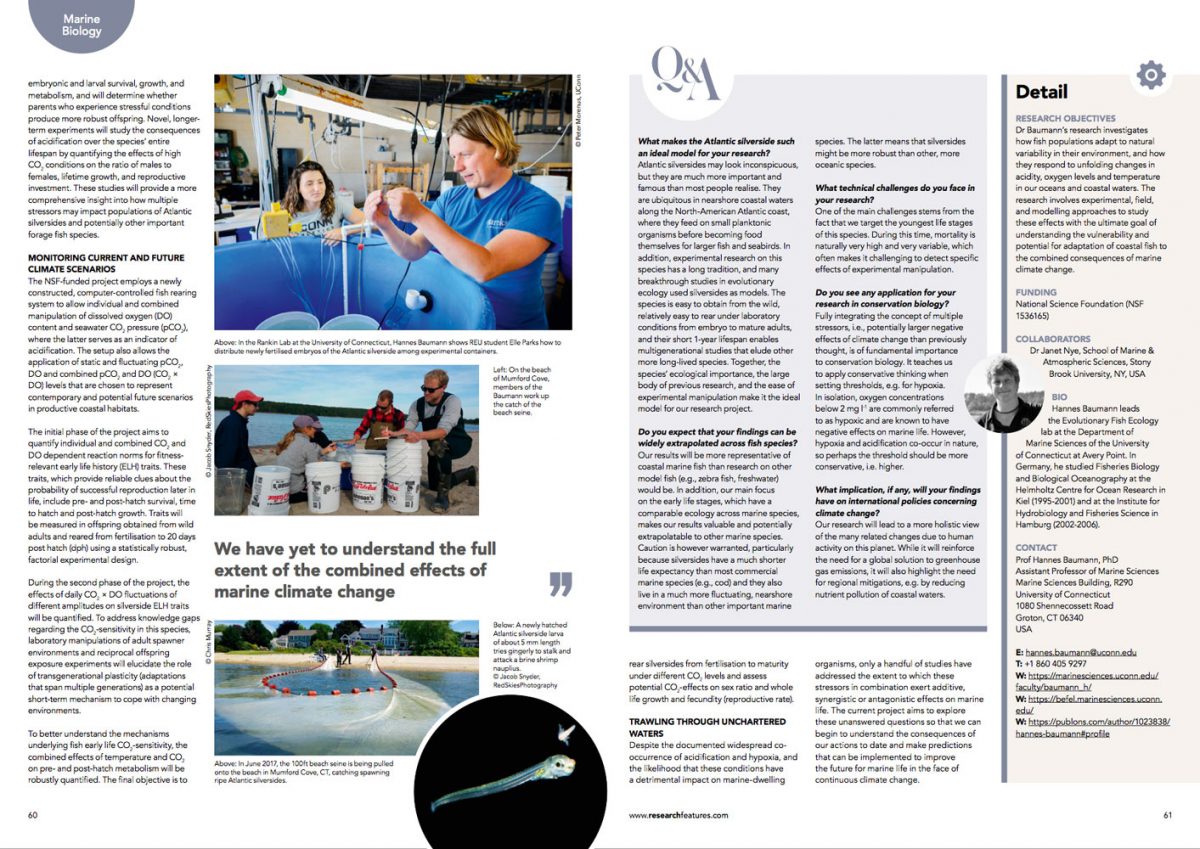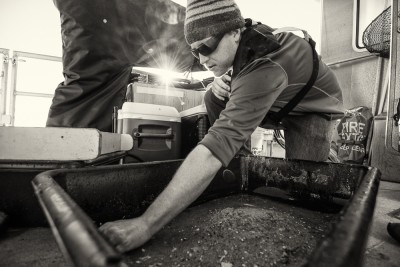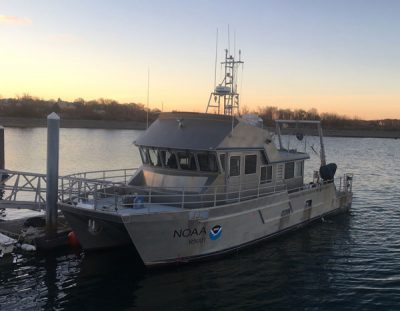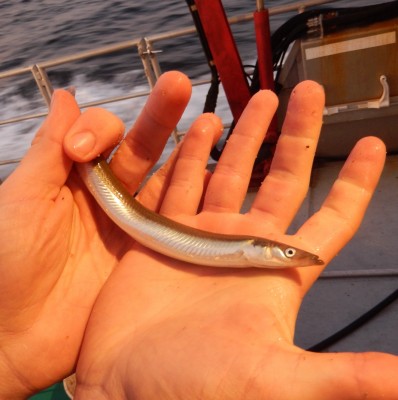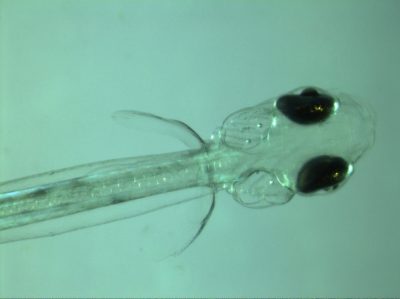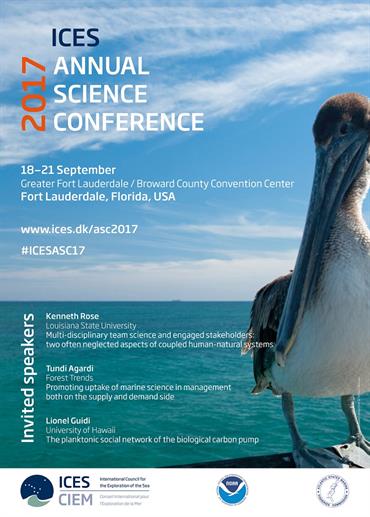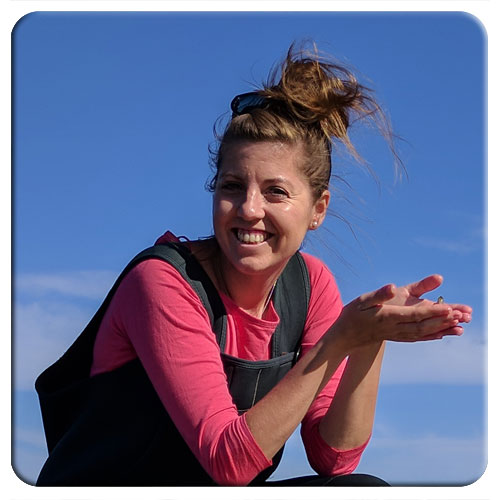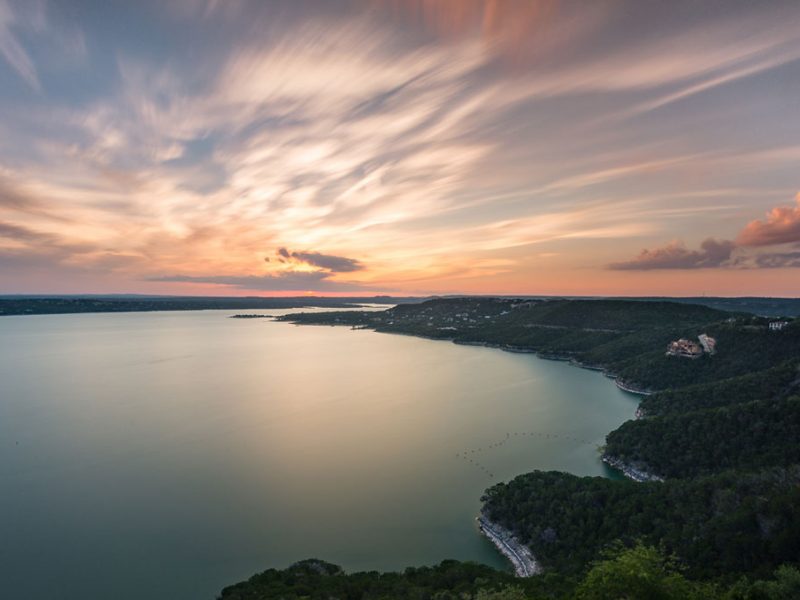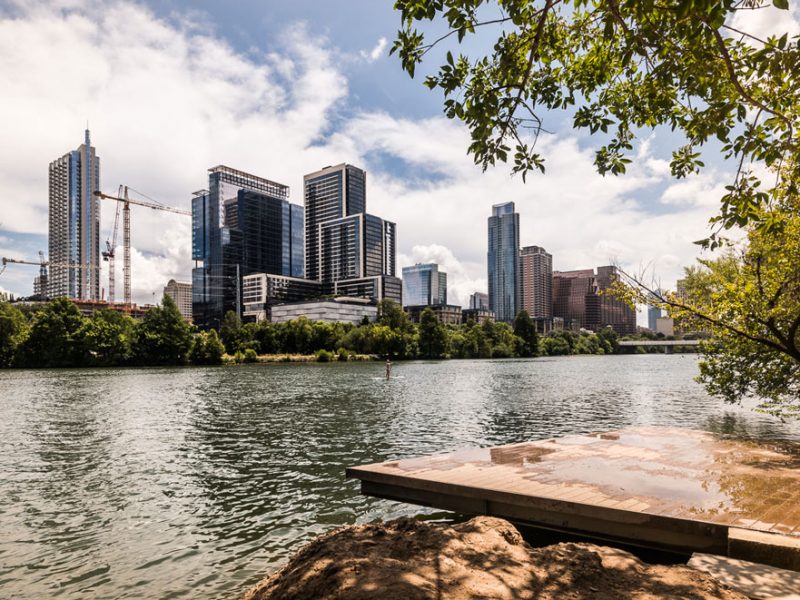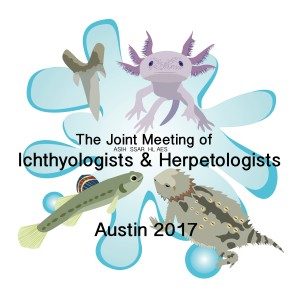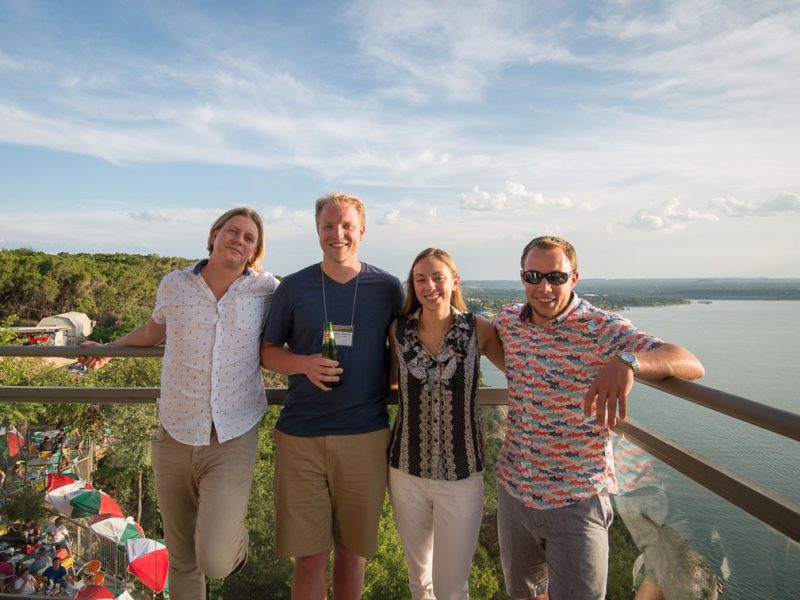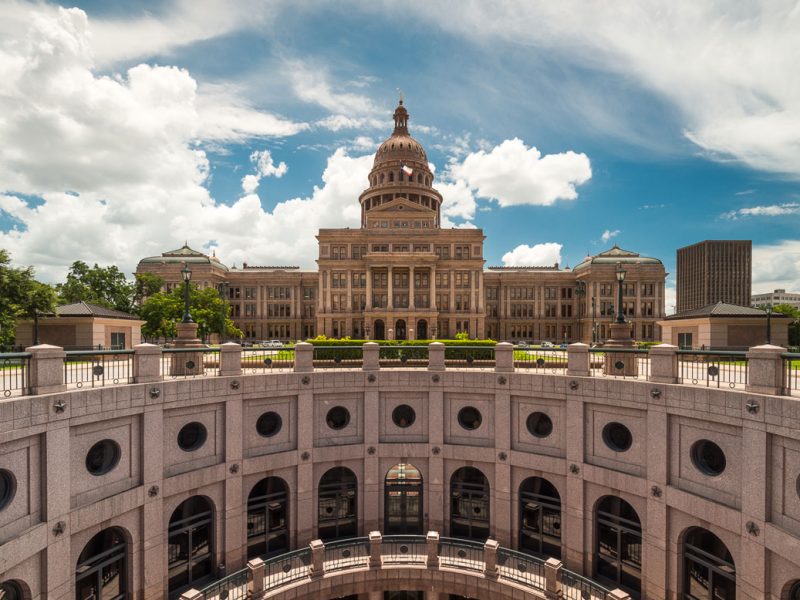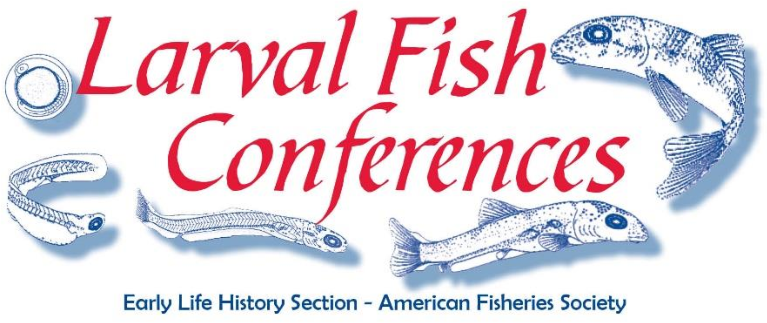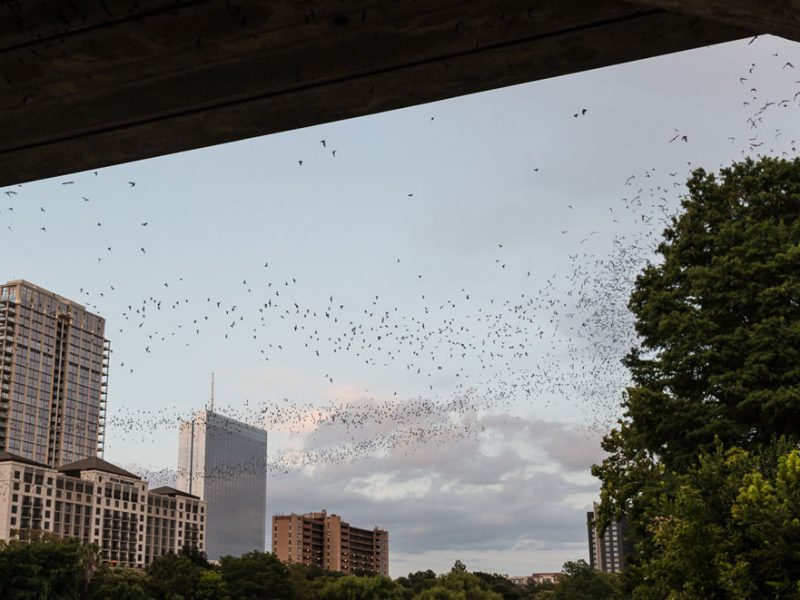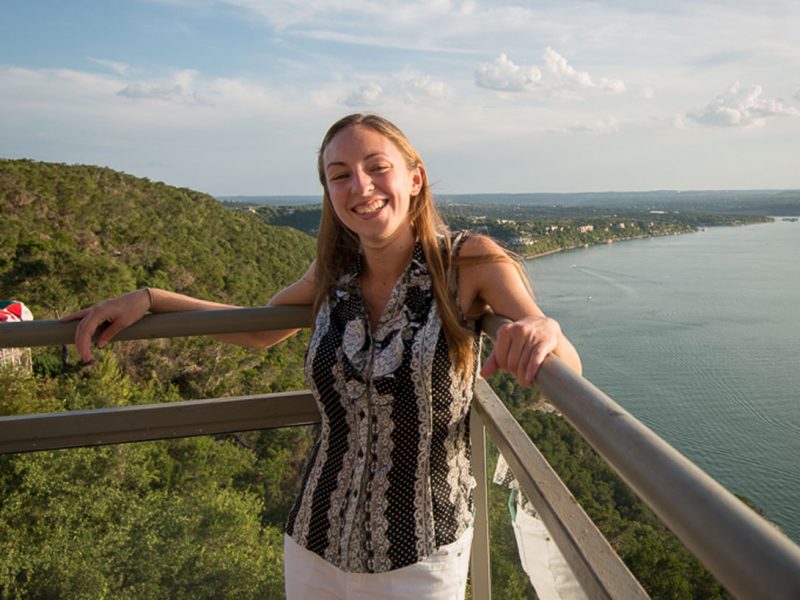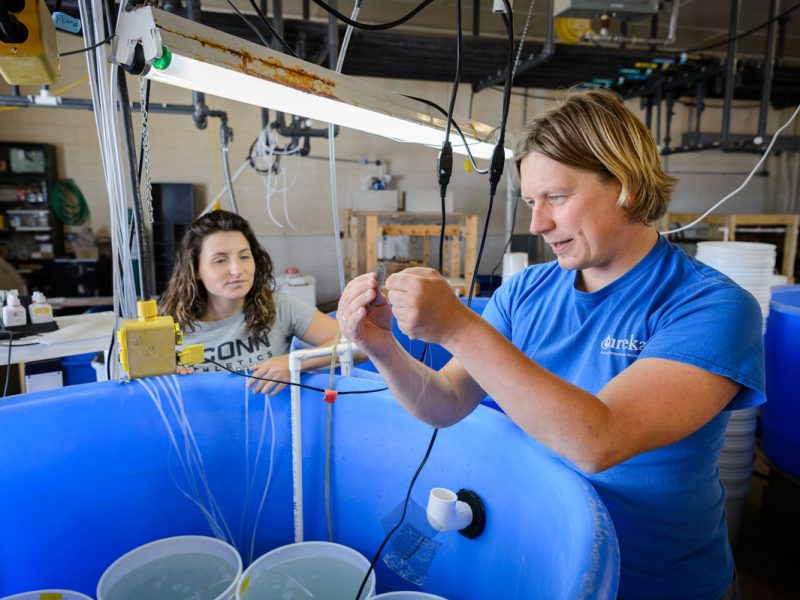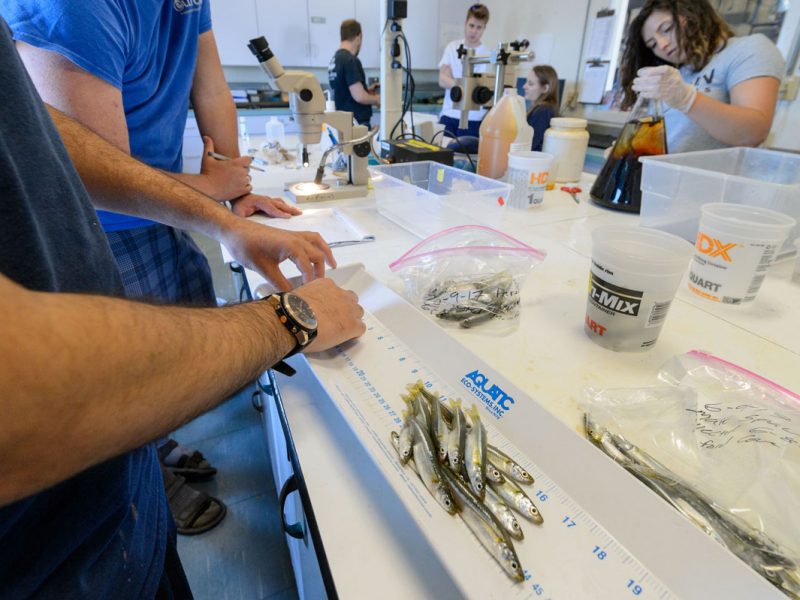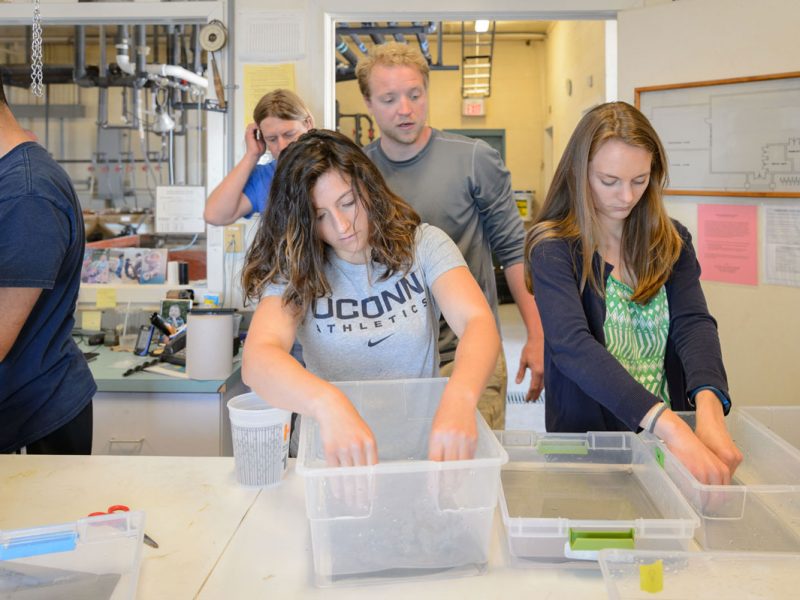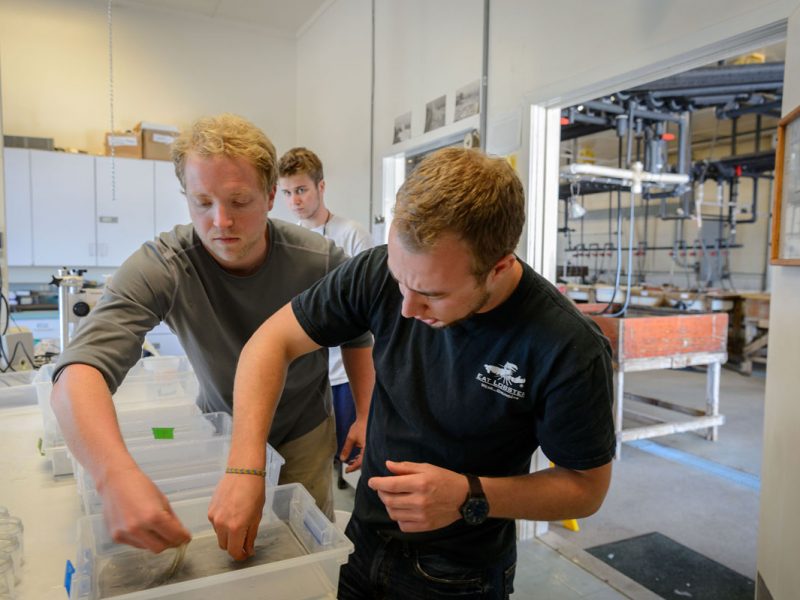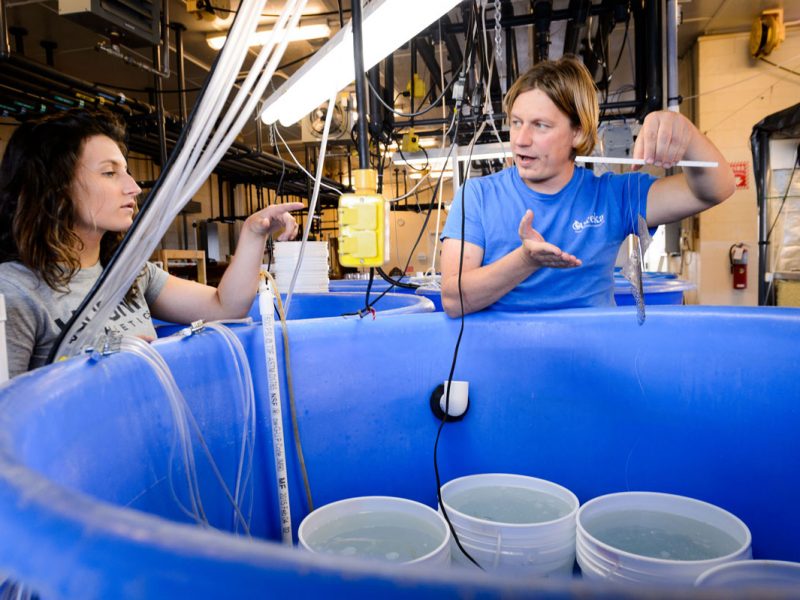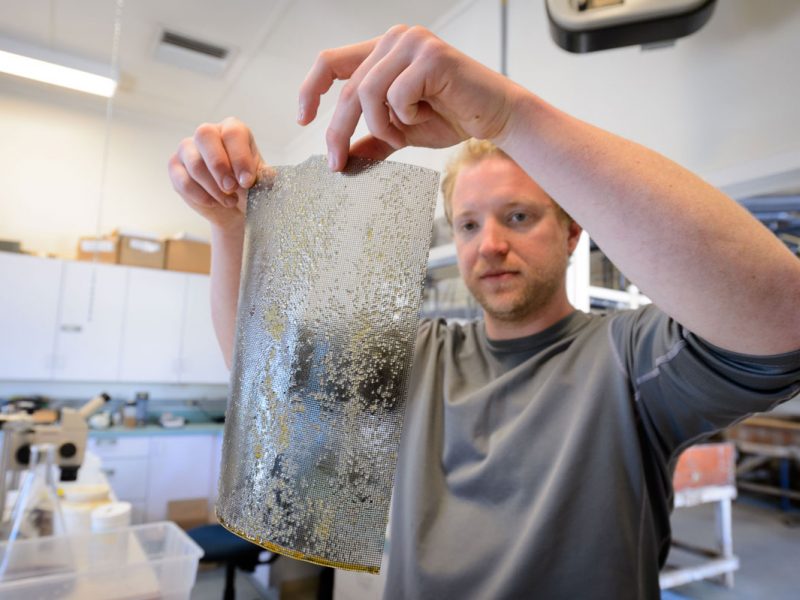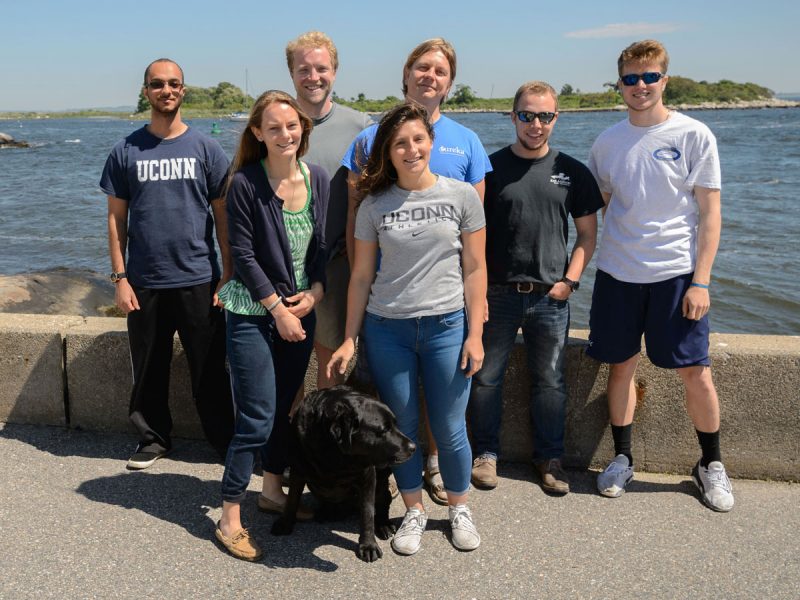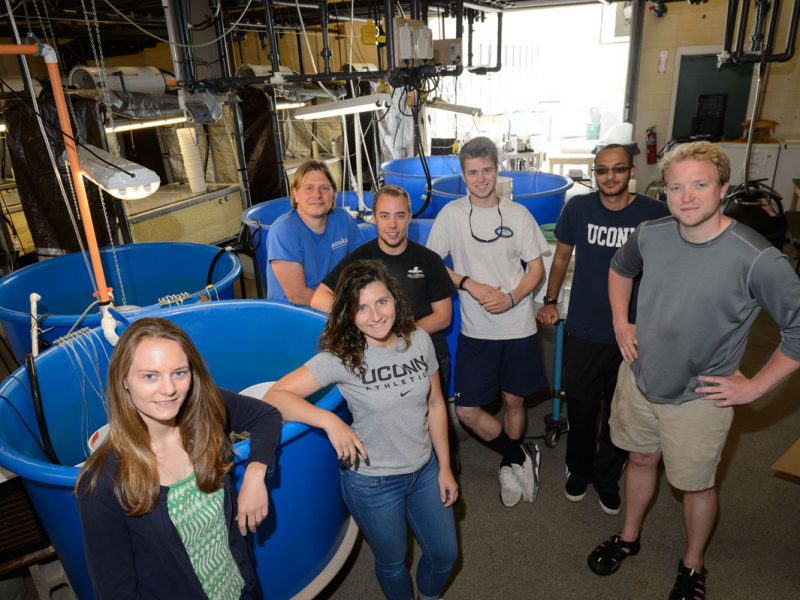26 March 2018. Today we got our first glimpse of an incredible new way of imaging the inner calcified structures of a fish body, particularly the ear bones (otoliths), of which every teleost fish has six, three on each side inside the skull. Otoliths are long known to fish ecologists for their properties to record and store information about a fish’s age, growth and habitat. With an adult Atlantic silverside, Hannes visited John Shepherd, facilities scientist and member of the Goldhamer lab at UConn, Storrs (Biology Physics Building), who showed us the use of a new, state-of-the-art micro CT-scanner (IVIS). Turns out, the system effortlessly imaged all six otoliths inside of the fish’s head. Later in the year, we will use the technique to image silversides reared at contrasting CO2 conditions to see whether they differ in their otolith size, volume, and structure. Thank you, John, for this truly inspiring demonstration!
Projects
[Research news] New NSF grant to study silverside genes!
We are overjoyed to announce that NSF is funding a new and collaborative research project to look at the genomic underpinning of local adaptation in the Atlantic silverside! Check out below for a first glimpse of the project website.

Oceans are large, open habitats, where it was previously believed that the lack of obvious barriers to dispersal would result in extensive mixing, thereby preventing organisms from adapting genetically to particular habitats. It has recently become clear, however, that many marine species are subdivided into multiple populations that have evolved to thrive best under contrasting local environmental conditions. Nevertheless, we still know very little about the genomic mechanisms that enable divergent adaptations in the face of ongoing intermixing.
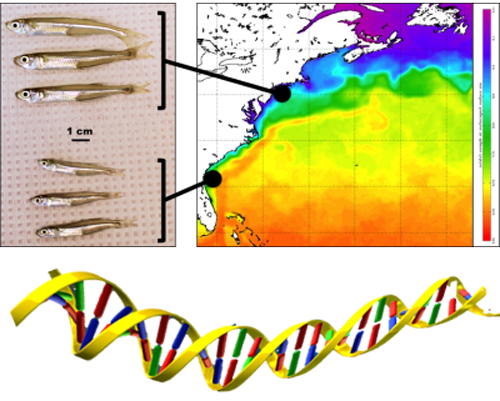
The project is organized into four interconnected components
[Research feature] Our multistressor NSF project in the spotlight
This research feature makes the case for multistressor research to a broad general audience and introduces our NSF project and its participants. Download the feature by clicking on the pictures or the link below.
[Research news] Are sand lance embryos particularly sensitive to high CO2?
On this dimly lit November afternoon, rain mercilessly drenched scientists and crew on board the R/V Auk as it slowly navigated the waters of Stellwagen Bank. A world like a wet sponge. Sky and ocean, indistinguishable.
Thanksgiving, the next day.
Despite the circumstances, the team’s mood was nothing short of elated. Our small beam trawl had just spilled hundreds of silvery fish on deck, wriggling like eels. They were Northern sand lance (Ammodytes dubius).
Running ripe adults.
Spawning.
Apparently, they like Thanksgiving, too.
—————
As the ship docked back in the Scituate, Mass., harbor that day, the rain thinned to hazy darkness.
“Let’s get a coffee and then on the road,” mumbled Chris, who led the team, “the real work of the experiments has just begun.”
Sand lance have a few interesting and rare characteristics. They alternate between schooling and foraging in the upper water column and extended periods of being almost completely buried in sand. For that, they rely on sand of a particular grain size and with very little organic content. It’s the kind of sand that defines large areas of the Stellwagen Bank.
Surprisingly little is known about the ecology and ecosystem importance of this sand lance species, although research on its European relatives (A. tobianus, A. marinus) is more advanced. In particular, experiments on early life stages of Northern sand lance have been lacking, save for some pioneering work on rearing methods of the related A. americanus (Smigielski et al. 1984). One question that was of particular interest to our lab involved the potential sensitivity of this fish species to carbon dioxide (CO2). That’s due to two other interesting and rare characteristics of sand lance. They spawn in late fall and winter in cold (and still cooling) waters, which is why their eggs and larvae develop extremely slow compared to other, more typical spring and summer spawning species. In addition, the species is found not in nearshore, but offshore coastal waters, where smaller seasonal and daily CO2 fluctuations more closely resemble oceanic conditions. Could sand lance offspring be particularly sensitive to higher levels of oceanic carbon dioxide predicted during the next 100 to 300 years as climate change effects intensify?
Our experiments are still ongoing, and rearing protocols are being improved.
The preliminary findings, however, are stunning. Survival to hatch was dramatically reduced under elevated and high compared to baseline CO2 conditions. It was severely lowered at higher (10°C or 50°F) compared to lower temperatures (5°C or 41°F). Our second experiment this year appears to repeat this pattern. If these results continue, that would mean sand lance is one of the most CO2-sensitive species studied to date.
General interest in sand lance goes beyond its sensitivity to carbon dioxide. Given the species importance for the ecosystem and coastal economy, there are now increasing efforts to better understand sand lance feeding ecology, distribution and relationship to the rest of the food web. In this regard, funding of our project by the Northeast Sea Grant Consortium proved prescient and a seed for subsequent grants from MIT Sea Grant and the Bureau of Energy Management (BOEM) to continue the work. Surely, the groundswell of interest in sand lance is commensurate with its importance and will enable insights into better management strategies for sensitive ecosystems like those along the U.S. Atlantic coast.
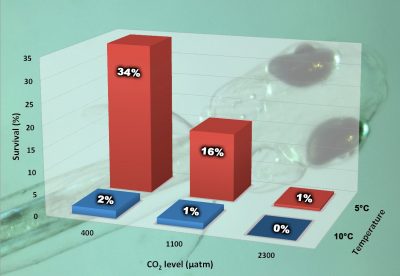
Collaborators on this project are: D. Wiley of the National Oceanic and Atmospheric Administration-Stellwagen Bank National Marine Sanctuary; P. Valentine of the U.S. Geological Survey; and S. Gallagher and J. Llopiz, both of the Woods Hole Oceanographic Institution.
[Lab news] Live, feeding sand lance larvae
17 January 2018. Since November 2017, we have ongoing experiments with offspring of Northern sand lance (Ammodytes dubius), a winter-spawning forage fish of ecological importance along the North-American Atlantic coast. The clip below shows larvae almost two months after fertilization, developing nicely in 5C water and feeding actively on live rotifers. The experiments, led by Chris Murray for his PhD research, study the CO2 sensitivity of this species in our factorial larval rearing system. To our knowledge, this is the first time that this particular species has been reared that far under experimental conditions. Have a look!
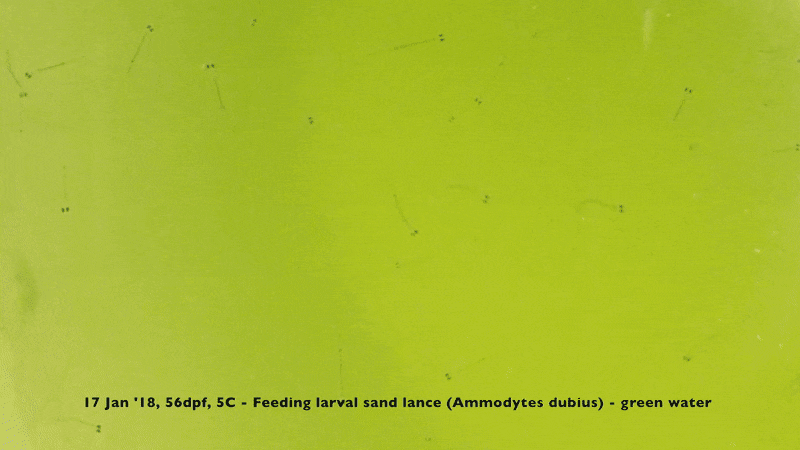
[New publication] Mothers matter for the CO2 sensitivity of fish offspring
28 November 2017. The Journal of Experimental Marine Biology and Ecology just published the latest study by our group looking at differences in the CO2 sensitivity of Atlantic silverside offspring stemming from different mothers. Congratulations to Jacob Snyder for his first peer-reviewed publication.
Among the highlights of the study:
- Offspring produced by different females varied in their sensitivity to high CO2 conditions.
- Specific fatty acids in eggs were correlated to the log-transformed CO2 response ratio of embryo survival and hatch length.
- Maternal provisioning might be an additional determinant of CO2 sensitivity in fish early life stages.
Citation:
Snyder, J.T.*, Murray, C.S.*, and Baumann, H. (2018)
Potential for maternal effects on offspring CO2 sensitivities in the Atlantic silverside (Menidia menidia).
Journal of Experimental Marine Biology and Ecology 499:1-8
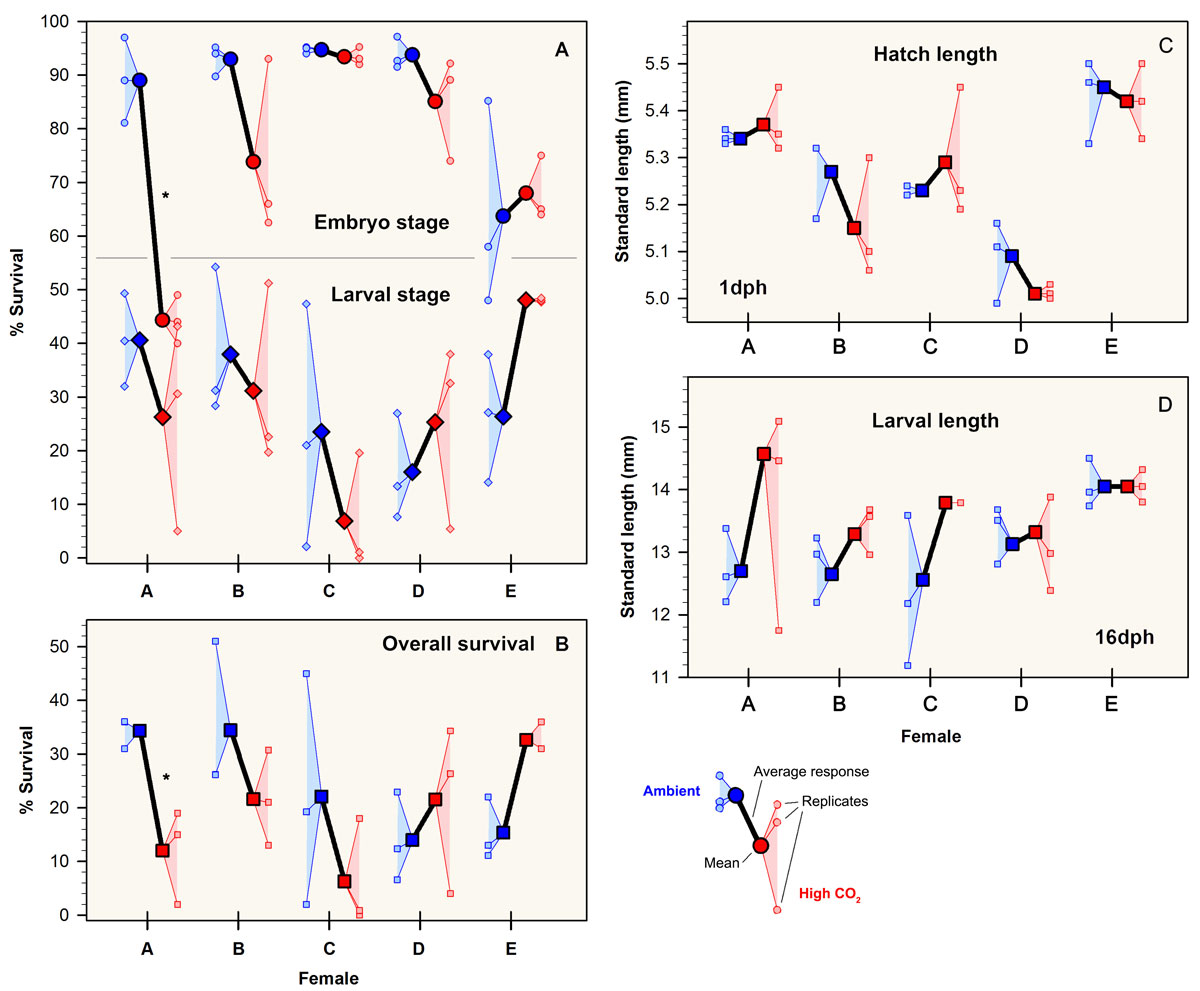
[Lab news] Chris and Hannes attend ICES Annual Science conference
On 19-21 September 2017, Chris Murray and Hannes Baumann traveled to Fort Lauderdale, Florida, to attend the ICES (International Council for the Exploration of the Sea) Annual Science Conference in order to present our ongoing NSF and NOAA funded research on potential ocean acidification effects in Atlantic Silversides and Northern Sand lance. Due to Hurricane Irma, which had impacted all of Florida just a week earlier, it was a great relief that the conference could actually be successfully held.
Together with Chris Chambers (NOAA), Ian Bradbury (DFO, Canada), and Richard McBride (NOAA), Hannes convened a theme session titled “Patterns, sources, and consequences of intraspecific variation in responses of marine fauna to environmental stressors“.
Chris gave a talk and a poster during this session, which was well received and thus a worthwhile exposure for Chris and our lab’s research.
- Murray, C. S. and Baumann H. 2017. Growth costs of high CO2 environments in a marine fish: importance of feeding methodology. Talk.
- Murray, C. S., Wiley, D., and Baumann H. 2017. A preliminary study testing the effects of high CO2 on the early life stages of the northern sand lance Ammodytes dubius. Poster.
[Lab news] Emma Cross joins the team!
Have a look at Emma’s recent publications
“Everything is going swimmingly well so far (pun intended!). It is really great to be a part of the Baumann lab and I’m really enjoying expanding my knowledge of biological impacts of environmental change. My previous ocean acidification and warming research focussed on the effects on polar and temperate brachiopod shells so I’m now looking forward to investigating more climate change stressors and impacts on different taxa. I have already participated in my first beach seining trip exploring the local biodiversity and getting a feel for the regular fieldwork undertaken by the Baumann lab. It was lots of fun and I’m so excited to be carrying out research at an Institute located right on the ocean again! I am also enjoying living in a new country and looking forward to exploring more once I’ve finished building all my flatpack furniture!”
[Lab news] Baumann & Nye lab attend 41st Larval Fish Conference
From 11-16 July, Hannes, Chris, Jake (Baumann lab, UConn) and Teresa (Nye lab, Stony Brook) were presenting research from our common NSF project at the 41st Larval Fish Conference, organized by the Early Life History Section of the American Fisheries Society in Austin, TX.
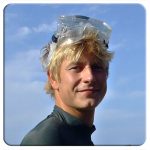
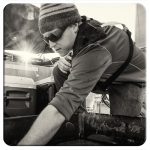
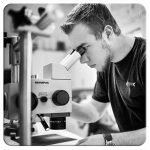
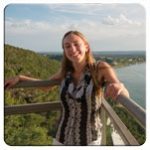
Holding the fort and maintaining experiments at Avery Point were James, Julie, and Elle. Thank you for helping out.
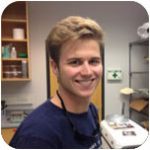
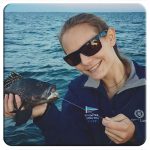
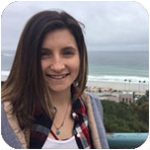
We gave four talks in two sessions:
- Baumann H., Snyder, J.T., and Murray, C.S. 2017. Quantifying offspring CO2-sensitivity in a fish: a meta-analysis.
-
Snyder, J.T., Murray, C.S., and Baumann H. 2017.
Potential for maternal effects on offspring CO2 sensitivity in a coastal marine fish
- Murray, C.S., Snyder, J.T., and Baumann H. 2017. A multi-factorial evaluation of temperature-dependent CO2-effects in a coastal forage fish.
-
Schwemmer, T., Baumann H., and Nye, J. 2017.
Physiological effects of increased temperature and carbon dioxide on Atlantic silverside early life stages <
Here is how Jake rates his first international conference experience:

Jacob Snyder “Austin 2017” photoblog. RedSkiesPhotography
[Lab news] Group effort – starting new silverside experiments in June 2017
It’s the beginning of June, and in the Baumann lab that means: high time for experimental research on the Atlantic Silverside, the famous forage fish and important model species! This year, we have several major objectives; our NSF-sponsored research examines the sensitivity of offspring to the individual and combined effects of high CO2 and low oxygen (Chris Murray), while in collaboration with our colleagues from Cornell University we rear several families for genetic and transcriptomic studies. Elle Parks, our REU student just started her work on the effects of CO2 and temperature on the starvation resistance of silverside larvae. As always, the days when new experiments start are a group effort, where everybody including many volunteers help. Thanks to Peter Morenus (UConn) for the coming down for documenting the activities!
This story is also featured on UConn Today.
